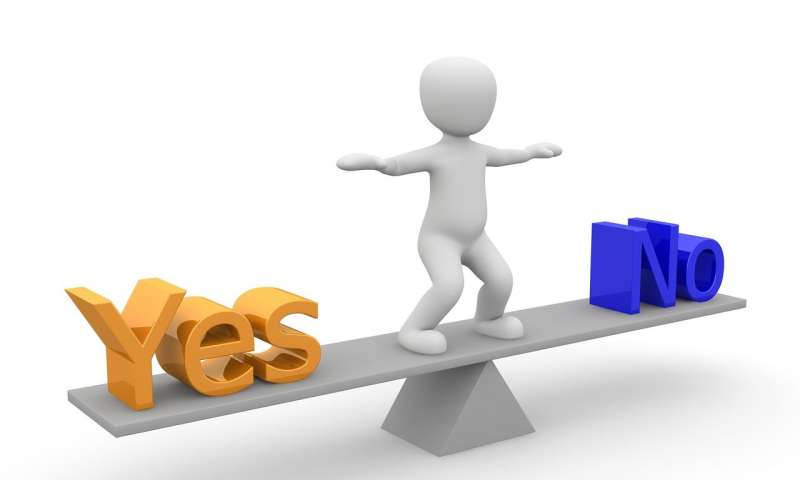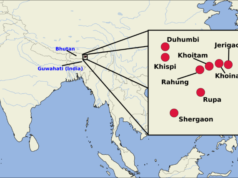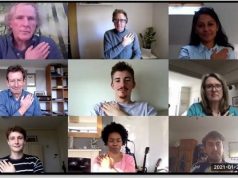Dwelling in a political echo chamber—where you encounter only people who agree with you—is hardly conducive to a healthy democracy.
But it turns out that broadening your horizons by perusing opposing points of view on social media may just make the partisan divide worse.
That’s the depressing result of an unusual experiment involving 909 Democrats and 751 Republicans who spend a lot of time on Twitter.
“Attempts to introduce people to a broad range of opposing political views on a social media site such as Twitter might be not only ineffective but counterproductive,” researchers reported this week in the Proceedings of the National Academy of Sciences.
Political polarization is on the rise in America, and the results aren’t pretty, the study authors said.
Find your dream job in the space industry. Check our Space Job Board »
“Americans are deeply divided on controversial issues such as inequality, gun control, and immigration,” they wrote. “Partisan divisions not only impede compromise in the design and implementation of social policies but also have far-reaching consequences for the effective function of democracy more broadly.”
The researchers, led by Duke University sociologist Christopher Bail, set out to do something about this problem by harnessing the power of Twitter.
They already knew people become more inclined to compromise on political issues when they spend time with people who hold opposing views. Face-to-face meetings can override negative stereotypes about our adversaries, paving the way for negotiation.
But whether these dynamics would extend to virtual interactions through social media was unknown.
So Bail and his colleagues hired YouGov to survey active Twitter users who self-identified as either Democrats or Republicans. Participants indicated the extent to which they agreed or disagreed with 10 statements like, “The best way to ensure peace is through military strength,” and “Stricter environmental laws and regulations cost too many jobs and hurt the economy.”
The researchers learned even more about the participants’ partisan leanings by checking who they followed on Twitter and other publicly available information.
A week later, some of the Democrats were randomly selected to receive an apparently unrelated offer: For $11, would they be willing to follow an automated bot that retweets 24 items every day?
These Democrats weren’t told that the retweets would originate from Twitter accounts belonging to politicians, pundits, nonprofit advocacy groups and media organizations aligned with Republicans.
Meanwhile, a randomly selected group of the Republican survey-takers got the same offer, and their Twitter bot retweeted messages from accounts aligned with Democrats.
The word most commonly retweeted by the liberal bot was “Trump,” which appeared in its feed 256 times over the course of one month. “Tax” came in a distant second, showing up 93 times.
As it happened, these were also the two favorite words of the conservative bot, which mentioned “tax” 125 times and “Trump” 123 times.
After a month of reading tweets from the other side of the political spectrum, the participants re-took the original 10-item survey. So did the people who were not asked to follow the bots.
Compared to the Democrats who did not follow the conservative bot, those who did “exhibited slightly more liberal attitudes.” The more they had paid attention to the bot’s retweets (as measured by additional surveys), the more liberal their attitudes became. However, none of these changes were large enough to be statistically significant.
It was a different story for Republicans. Compared to those who did not follow the liberal bot, those who did “exhibited substantially more conservative views” after just one month. The greater the number of liberal tweets the Republicans absorbed, the more conservative they became. These results were statistically significant.
In other words, the experiment backfired.
But Bail and his colleagues from Duke, Brigham Young University and New York University said it’s too soon to give up on the idea that social media can help bridge the partisan divide.
Twitter is certainly popular, but the majority of Americans still don’t use it. That means the results of this experiment wouldn’t necessarily predict how things would go if a similar initiative were rolled out to Americans as a whole, the researchers wrote.
Another cause for optimism: The bots retweeted messages from “elites,” who tend to be “significantly more polarized than the general electorate,” the study authors wrote. If instead the tweets had come from regular folks, people might have been more receptive to their messages.
Perhaps.
Future research should determine “which types of messages, tactics, or issue positions … might be more effective vehicles to bridge America’s partisan divides,” the team concluded.
Provided by:
Proceedings of the National Academy of Sciences
More information:
Christopher A. Bail et al. Exposure to opposing views on social media can increase political polarization, Proceedings of the National Academy of Sciences (2018). DOI: 10.1073/pnas.1804840115
Image:
Credit: CC0 Public Domain











